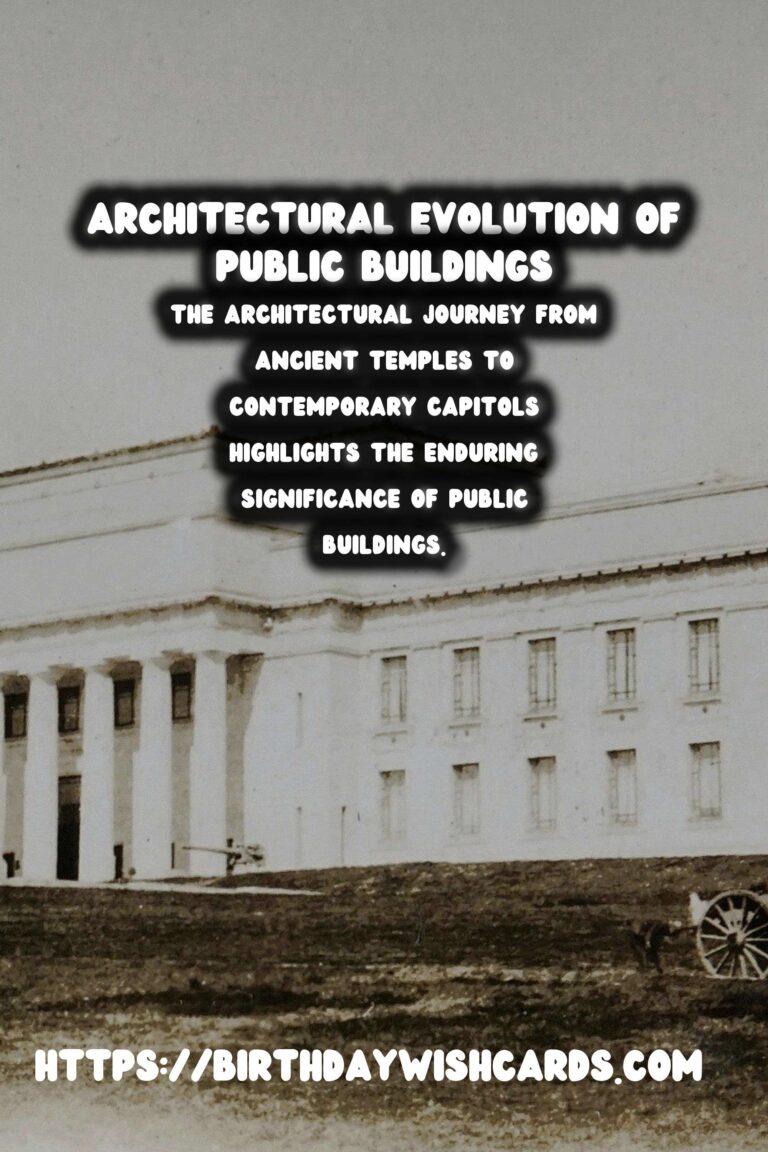
Public buildings have always played a pivotal role in society, reflecting cultural values and technological advancements throughout the centuries. The evolution of these structures reveals not only architectural ingenuity but also the socio-political climate of each era. This article delves into the fascinating history of public buildings, from ancient temples to modern-day capitols.
Early Beginnings: Temples of the Ancient World
In ancient civilizations, temples were among the earliest forms of public architecture. They served not only as places of worship but also as community centers and symbols of state power. Ancient Egyptian temples, such as those at Karnak and Luxor, showcased monumental stone constructions decorated with intricate hieroglyphics and massive columns.
Similarly, the Greeks introduced the concept of the peripteral temple, characterized by a rectangular floor plan and a series of columns surrounding the structure. The Parthenon, dedicated to the goddess Athena, remains a testament to the architectural prowess of the ancient Greeks.
Medieval Influence: The Rise of the Cathedral
With the fall of Rome, the focus shifted to religious architecture in the form of cathedrals throughout medieval Europe. These structures, often found in city centers, were emblematic of the Christian Church’s influence. The Gothic style, marked by pointed arches, ribbed vaults, and flying buttresses, allowed for larger windows and emphasized verticality.
Notable examples include the Notre-Dame Cathedral in Paris and the Cologne Cathedral in Germany. These buildings were designed to inspire awe and reverence, symbolizing divine power and human devotion.
Renaissance Revival: The Age of Enlightenment and Civic Pride
The Renaissance period saw a rebirth of classical principles, influencing public architecture with symmetry, proportion, and geometry. This era also saw the rise of secular public buildings, such as town halls and civic centers.
The construction of St. Peter’s Basilica in Vatican City and the Uffizi Gallery in Florence reflect the Renaissance spirit of blending art with architecture. These structures served both religious and civic purposes, underscoring the era’s emphasis on humanism and enlightenment.
Neoclassicism and the Birth of Modern Capitols
The 18th and 19th centuries ushered in the era of neoclassicism, inspired by the rediscovery of ancient Roman and Greek architecture. During this period, many capital cities began constructing grand public buildings to house government functions.
Structures such as the United States Capitol in Washington, D.C., and the British Museum in London exemplified neoclassical ideals. Their design incorporated domes, columns, and pediments, signifying democracy and civic virtue.
Modern Innovators: 20th Century and Beyond
The 20th century marked a shift towards more diverse architectural styles, influenced by new technologies and materials. Public buildings began to embrace modernist principles, focusing on function and simplicity.
Iconic examples include the Sydney Opera House in Australia and the Guggenheim Museum in New York. These structures broke from traditional conventions, emphasizing innovation and cultural expression.
Conclusion: The Future of Public Architecture
Today, public architecture continues to evolve, incorporating sustainable design and cutting-edge technologies. As we move forward, these buildings remain critical in shaping urban landscapes and reflecting societal values.
The architectural journey from ancient temples to contemporary capitols highlights the enduring significance of public buildings. They stand as monumental expressions of human achievement, bridging the past and future while serving as the heart of communities worldwide.
Public buildings have always played a pivotal role in society, reflecting cultural values and technological advancements throughout the centuries. The architectural journey from ancient temples to contemporary capitols highlights the enduring significance of public buildings. 
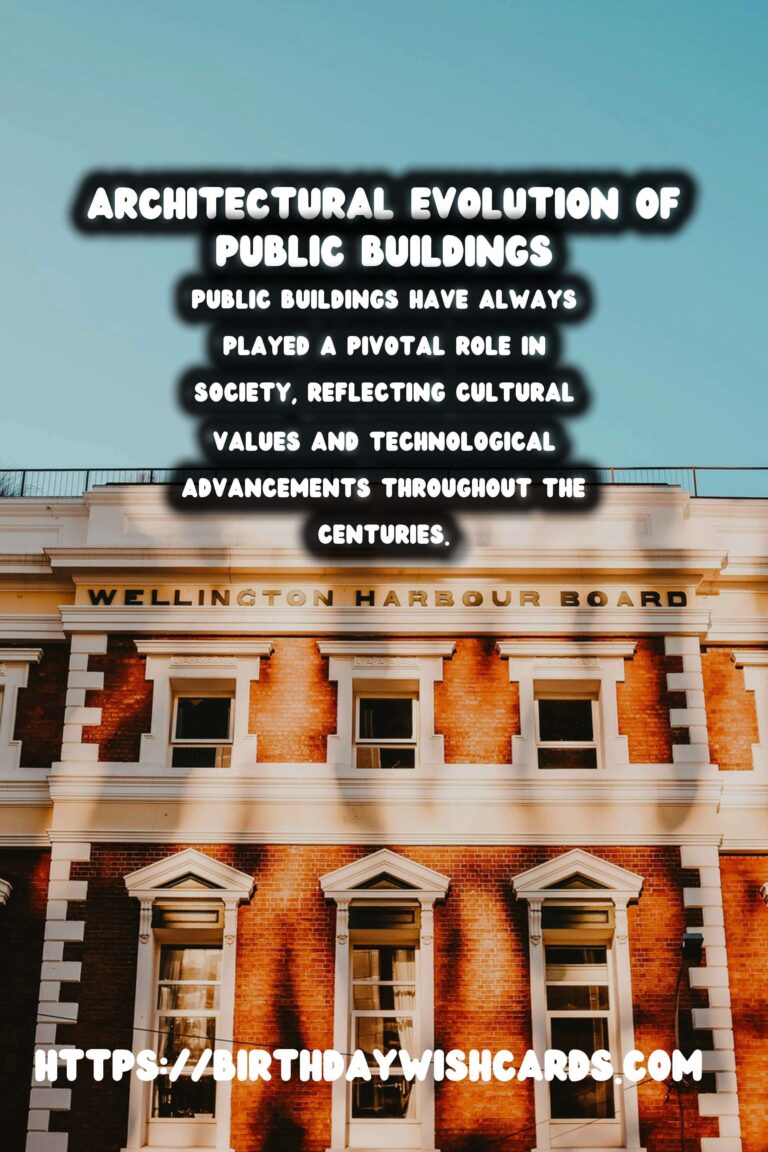
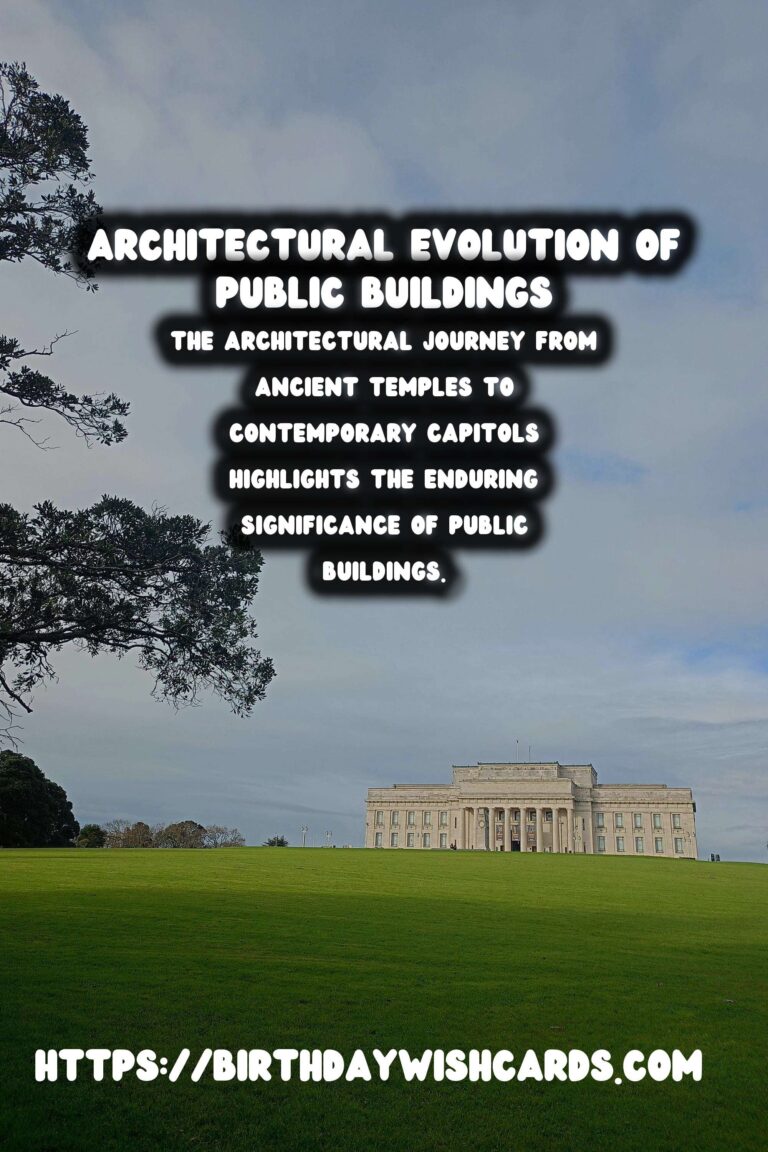

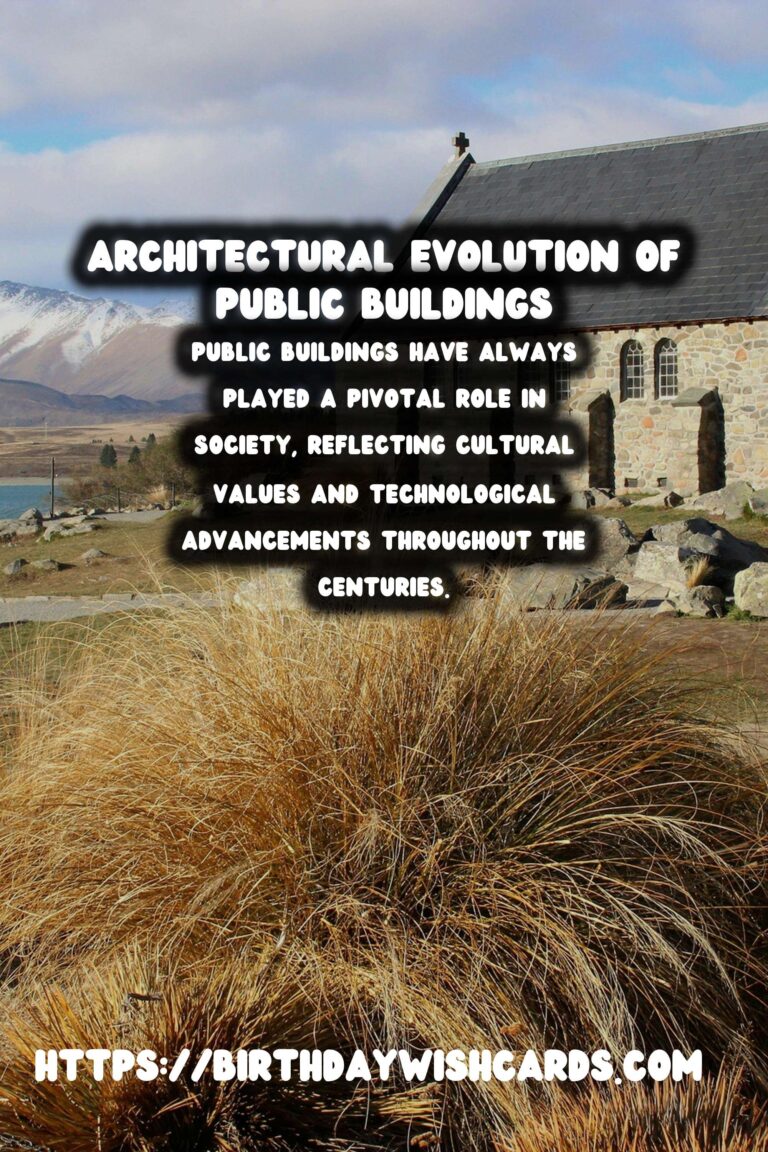
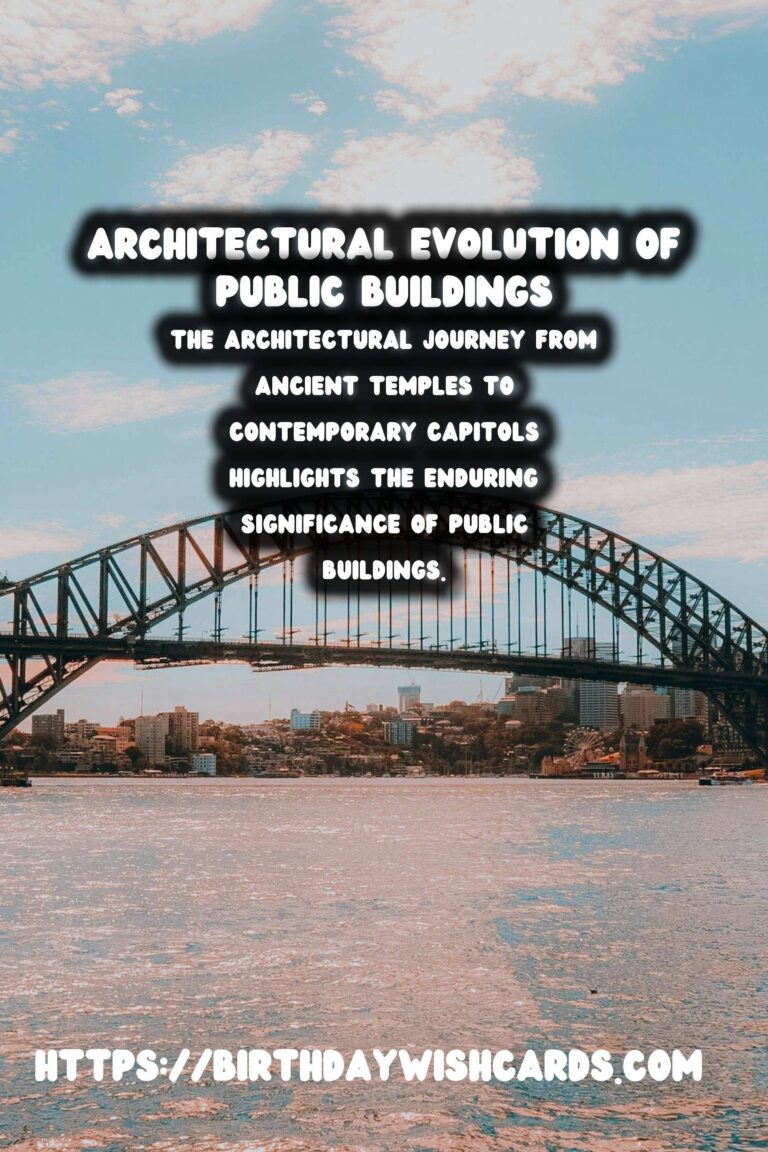
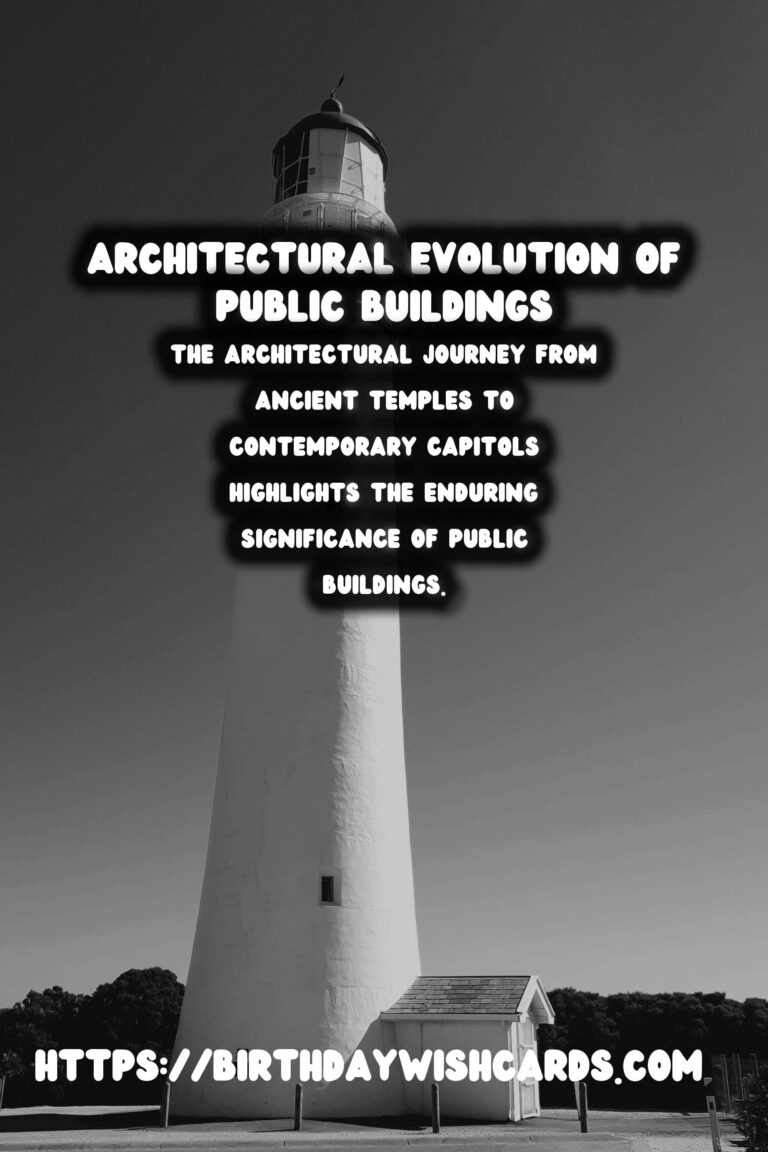
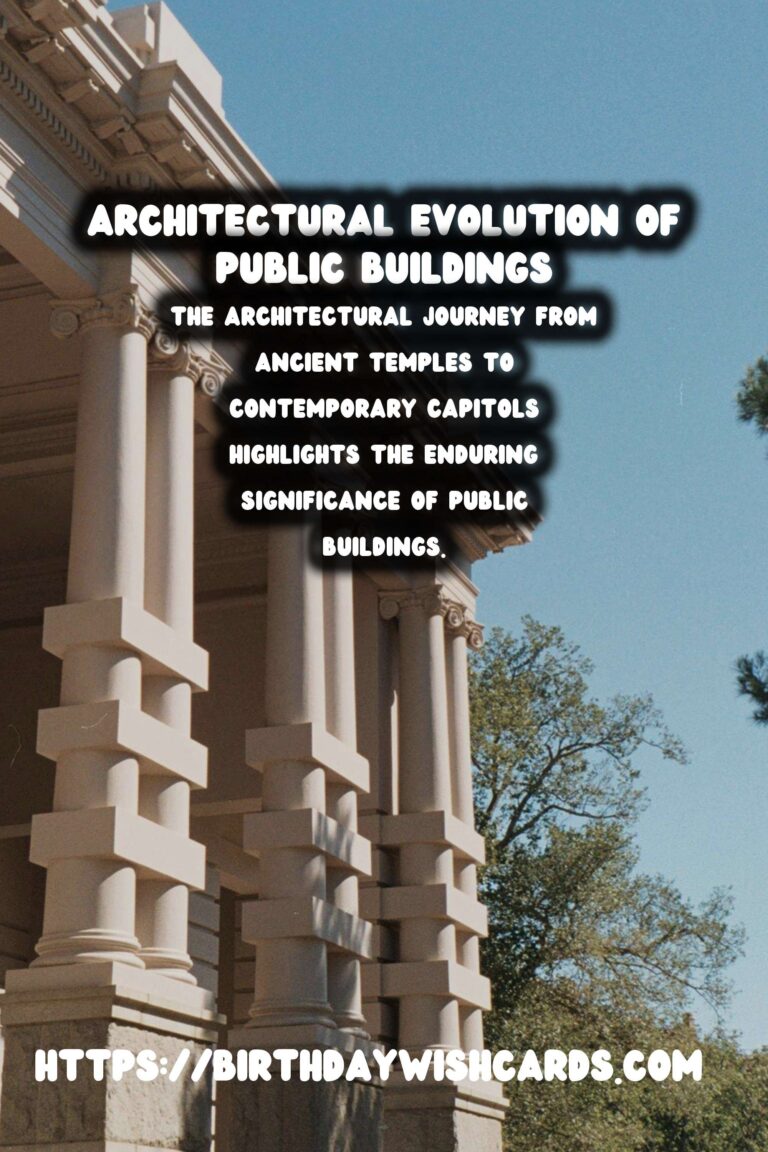
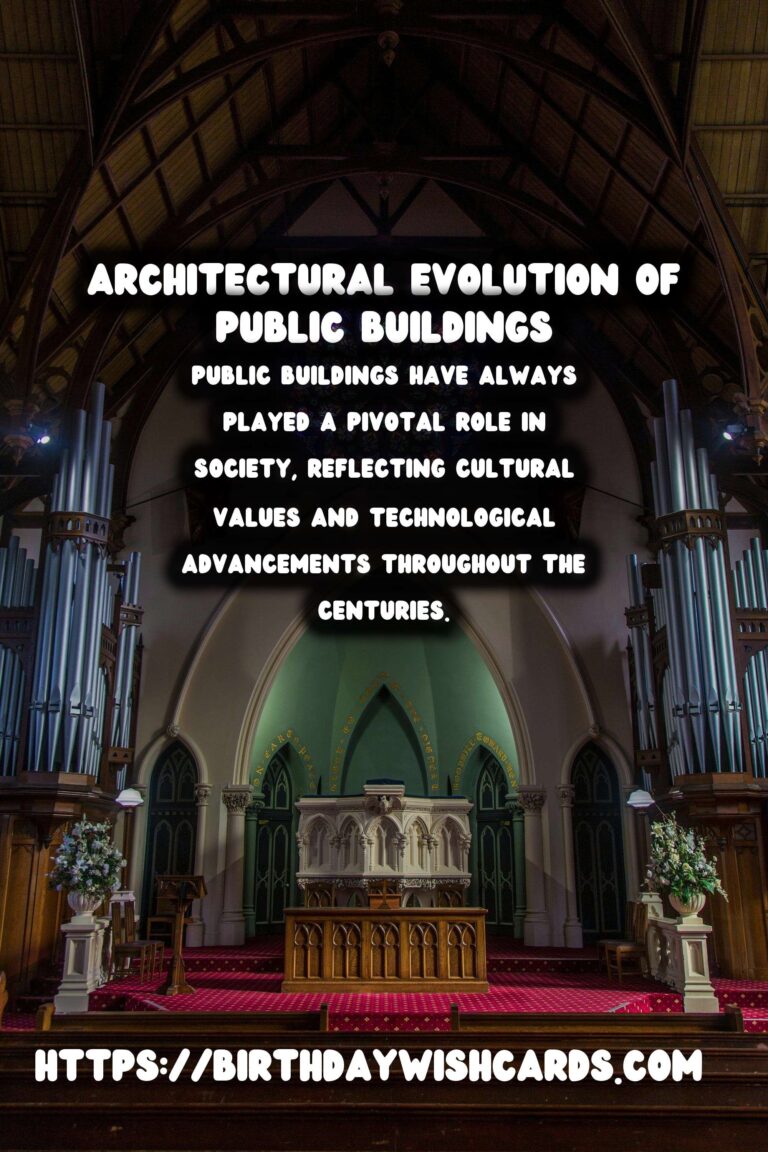

#Architecture #History




